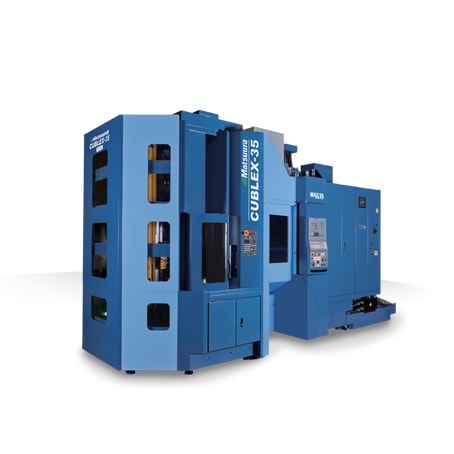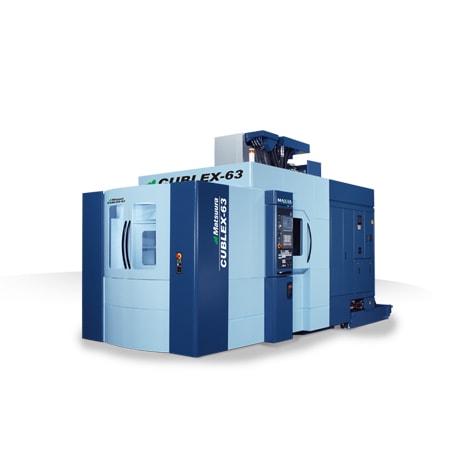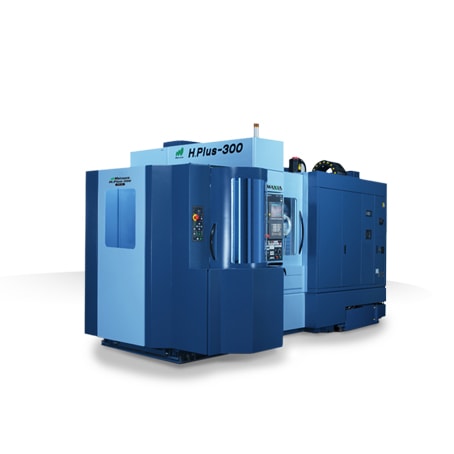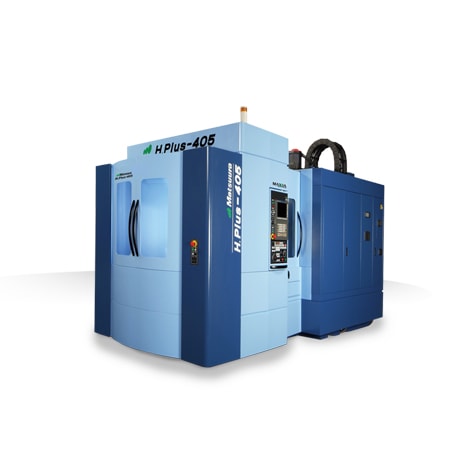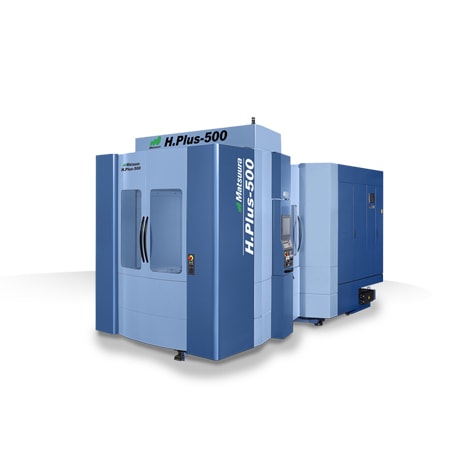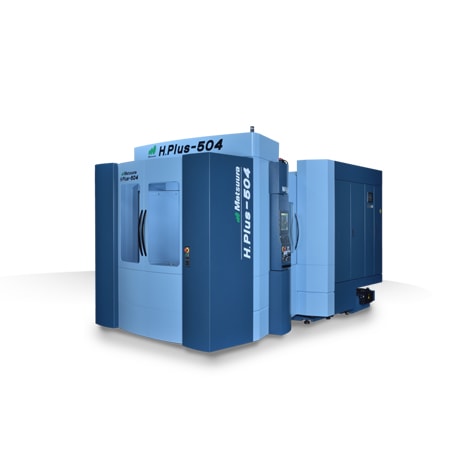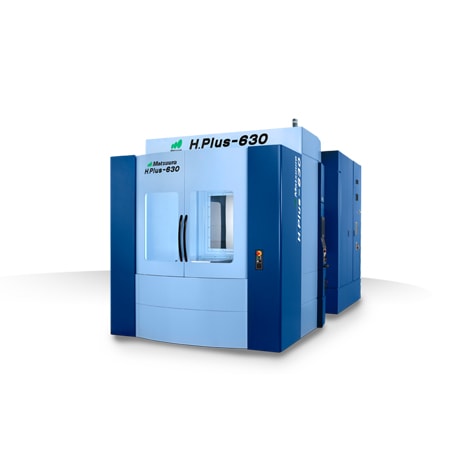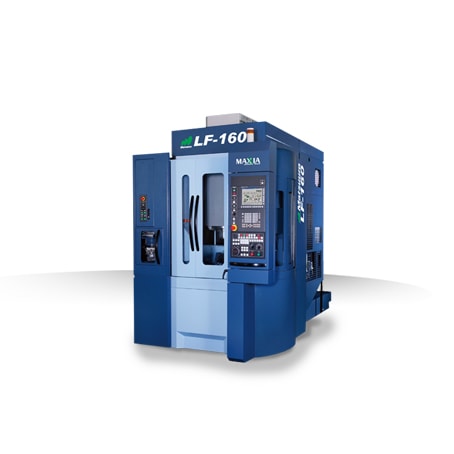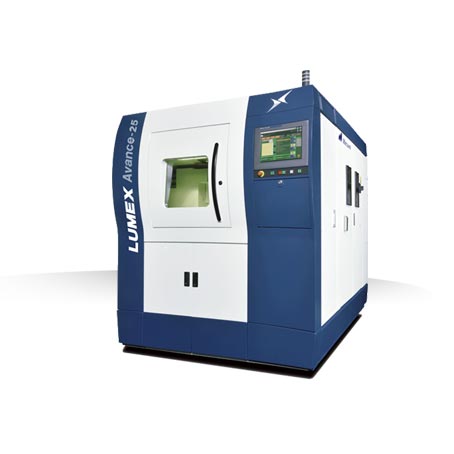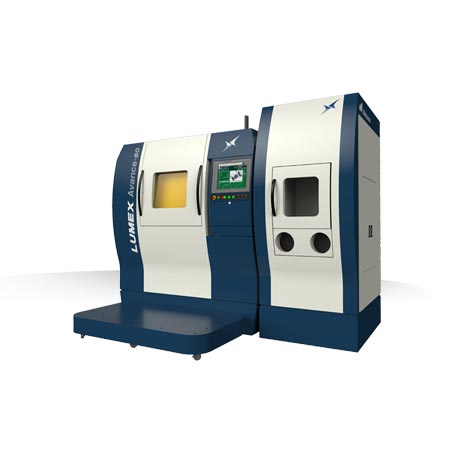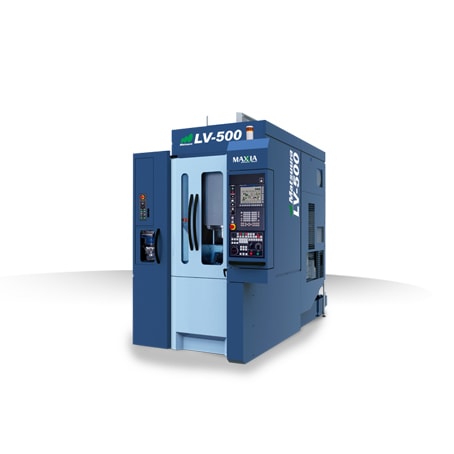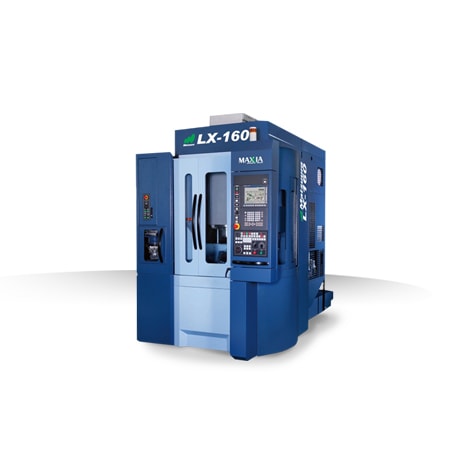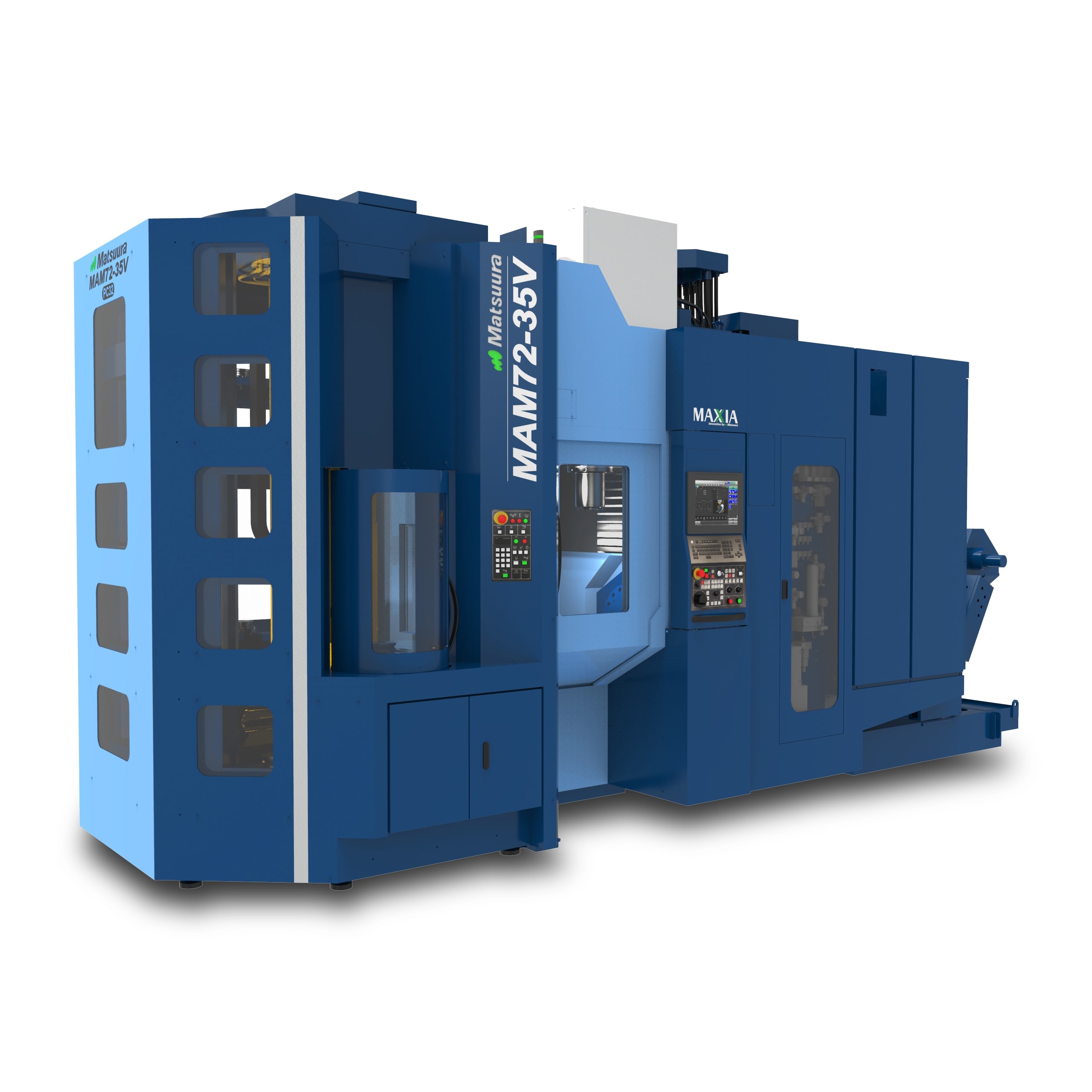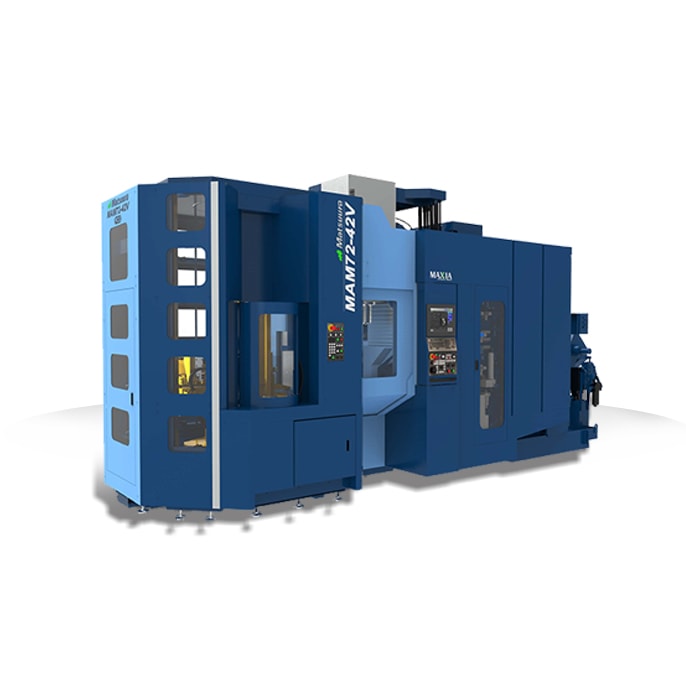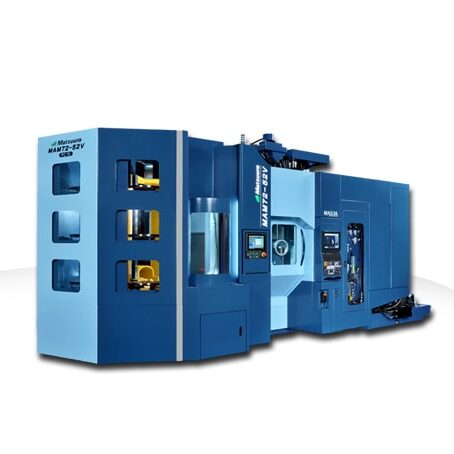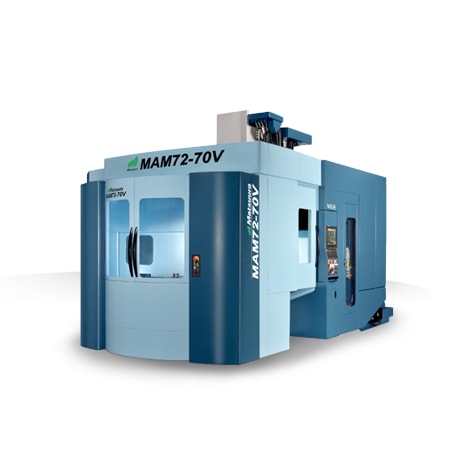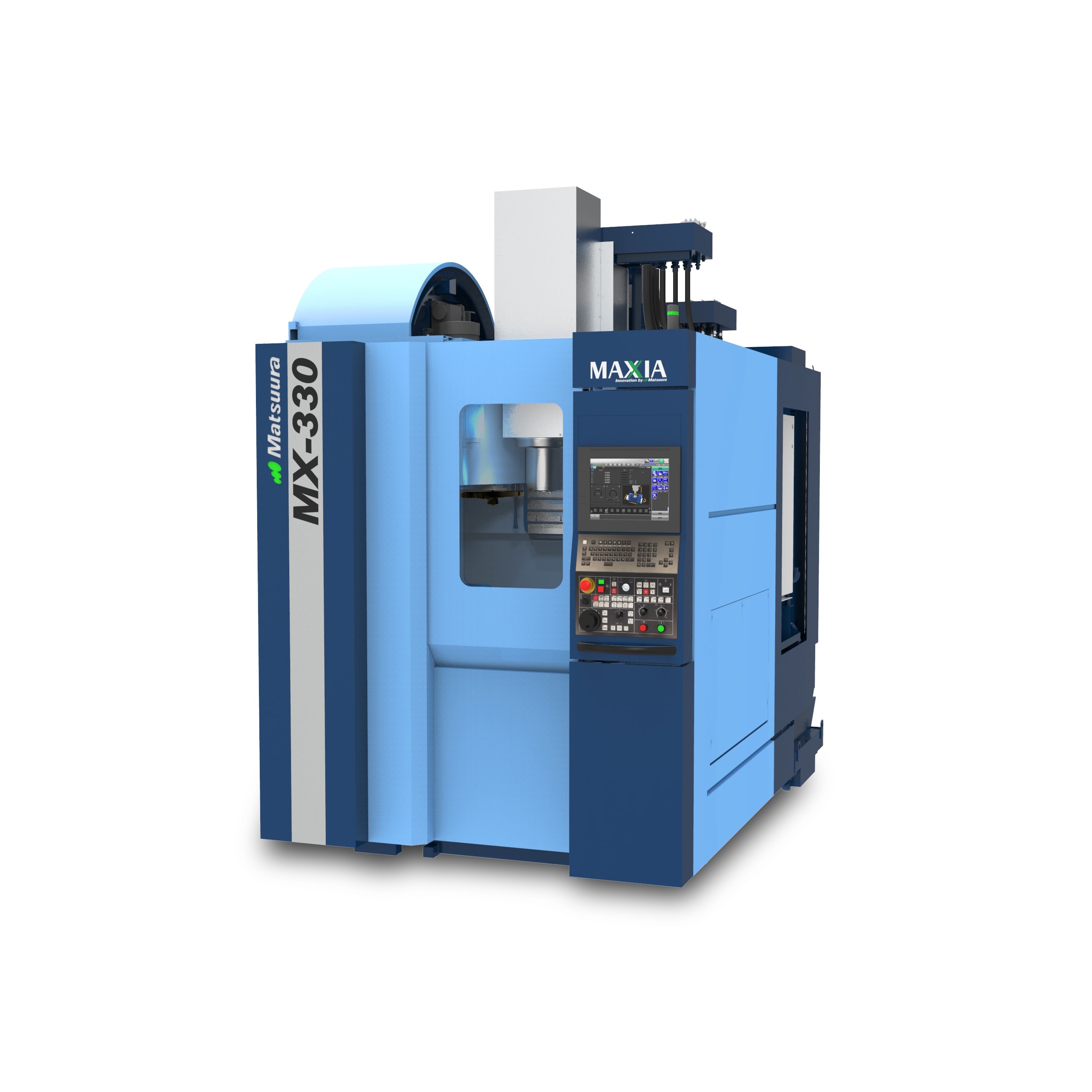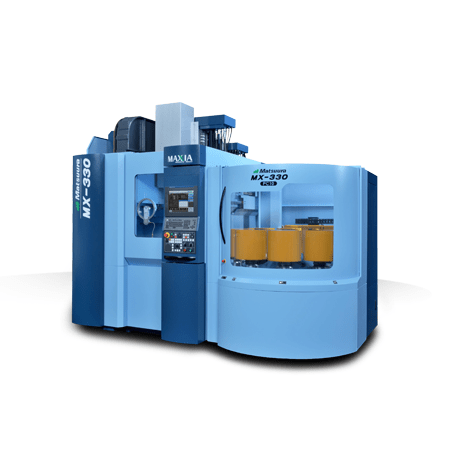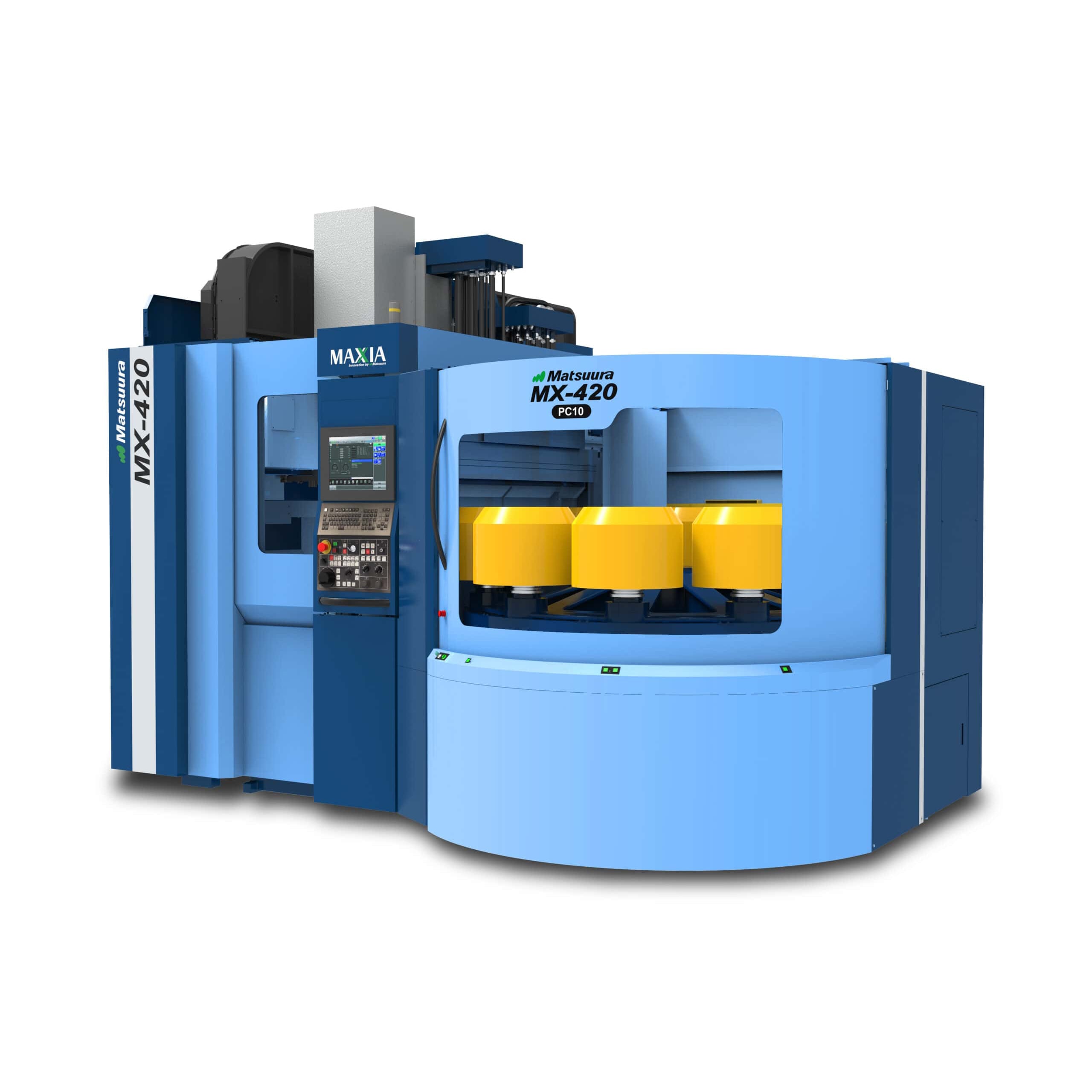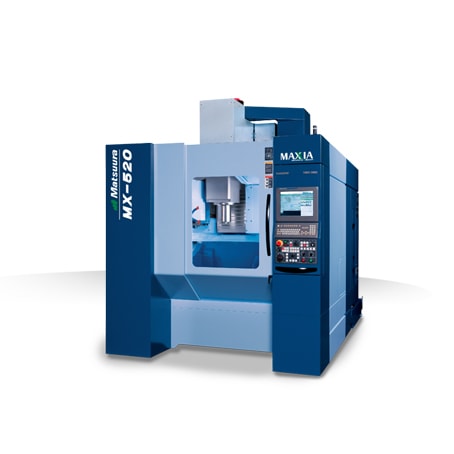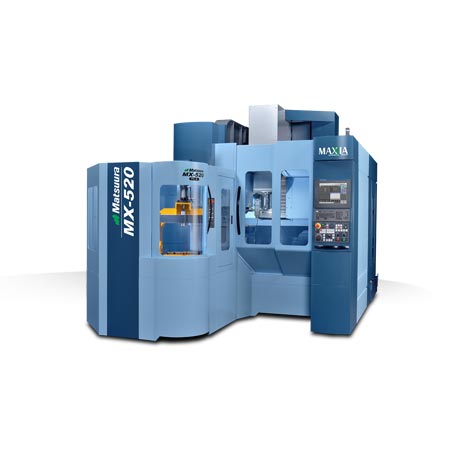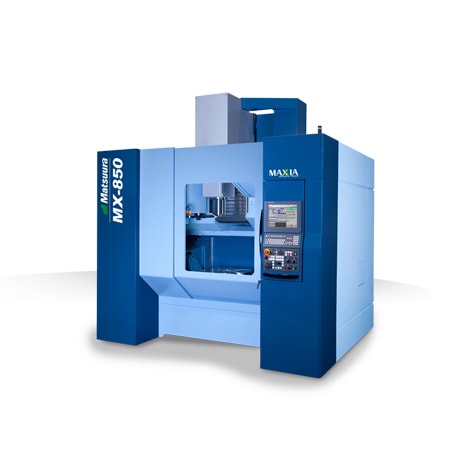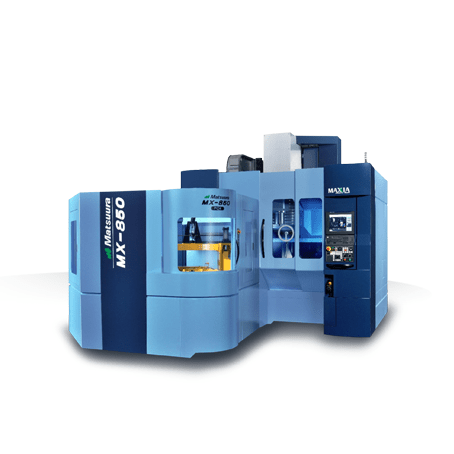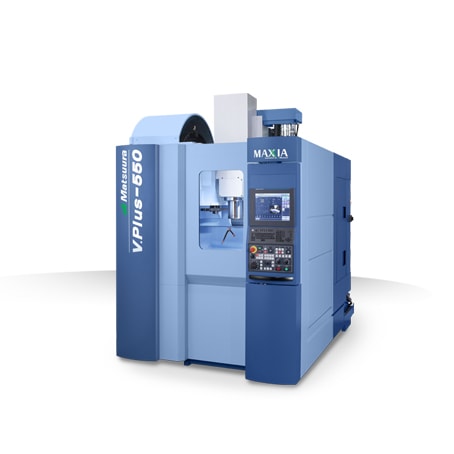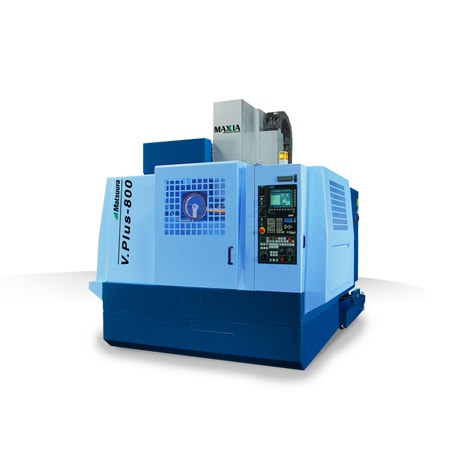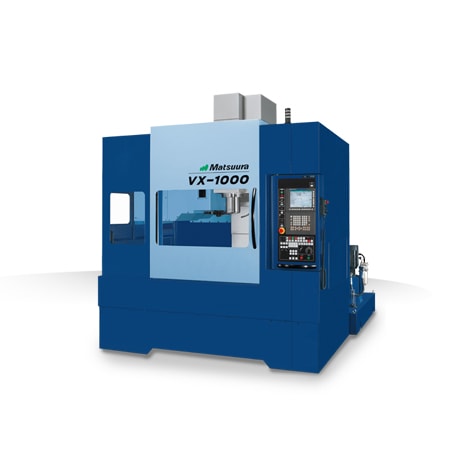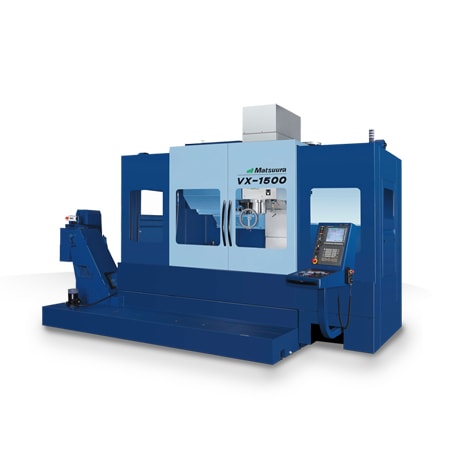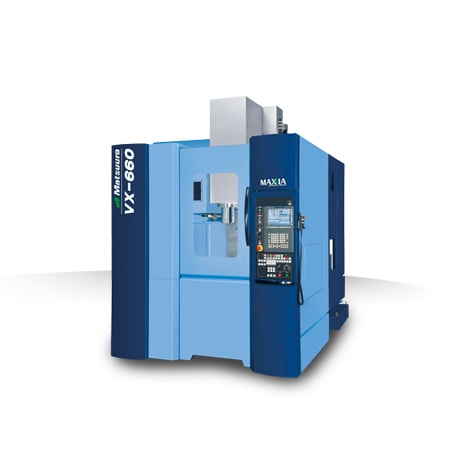Download the most recently released academic abstracts on Matsuura’s LUMEX Technology co-authored by Matsuura LUMEX Application Engineer, Josh Soost:
Heat Treatment Effect on the Microstructure and Mechanical Properties of 18Ni-300 Maraging Steel Produced by Additive–Subtractive Hybrid Manufacturing
The present work investigates the effectiveness of two heat treatment cycles—solution treatment + aging (STA) and direct aging (DA)—on optimizing the microstructure and enhancing the mechanical properties of 18Ni-300 maraging steel (300 MS) produced by additive–subtractive hybrid manufacturing (ASHM). The STA treatment led to a fully martensitic microstructure with minor remnants of the cellular substructures associated with the solidification conditions in ASHM. DA resulted in some reverted austenite and partial dissolution of the cellular morphologies into shorter fragments. Despite the contrasting microstructures, the tensile strength and the macro- and micro-hardness were comparable between STA and DA conditions. By contrast, the potential for improving the ductility was higher with the DA heat treatment. This is attributed to the higher reverted austenite content in the samples treated by DA, i.e., up to a maximum of 13.4% compared to less than 3.0% in the STA samples. For the DA sample with the highest reverted austenite content of 13.4%, the highest local and global fracture strain values of 30.1 and 5.9 0.6% were measured, while the respective values were 23.4 and 4.4 0.1% for the corresponding STA sample. This work suggests that DA of 300 MS produced by ASHM is sufficient to achieve comparable hardness and tensile strength to STA, whilst maintaining reasonable ductility. Avoiding the solution treatment cycle, with its appreciably higher temperatures, could benefit the dimensional stability and surface quality that are important for ASHM of 300 MS parts.
Download HERE.
The ‘Evaluation of Maraging Steel Produced Using Hybrid Additive/Subtractive Manufacturing.
Hybrid manufacturing is often used to describe a combination of additive and subtractive processes in the same build envelope. In this research study, hybrid manufacturing of 18Ni-300 maraging steel was investigated using a Matsuura LUMEX Avance-25 system that integrates metal additive manufacturing using laser powder bed fusion (LPBF) processing with high-speed machining. A series of benchmarking coupons were additively printed at four different power levels (160 W, 240 W, 320 W, 380 W) and with the integration of sequential machining passes after every 10 deposited layers, as well as final finishing of selected surfaces. Using non-contact three-dimensional laser scanning, inspection of the final geometry of the 18Ni-300 maraging steel coupons against the computer-aided design (CAD) model indicated the good capability of the Matsuura LUMEX Avance-25 system for net-shape manufacturing. Linear and areal roughness measurements of the surfaces showed average Ra/Sa values of 8.02–14.64 µm for the as-printed walls versus 0.32–0.80 µm for the machined walls/faces. Using Archimedes and helium (He) gas pycnometry methods, the part density was measured to be lowest for coupons produced at 160 W (relative density of 93.3–98.5%) relative to those at high power levels of 240 W to 380 W (relative density of 99.0–99.8%). This finding agreed well with the results of the porosity size distribution determined through X-ray micro-computed tomography (µCT). Evaluation of the static tensile properties indicated that the coupons manufactured at the lowest power of 160 W were ~30% lower in strength, 24% lower in stiffness, and more than 80% lower in ductility relative to higher power conditions (240 W to 380 W) due to the lower density at 160 W.
Download HERE.
